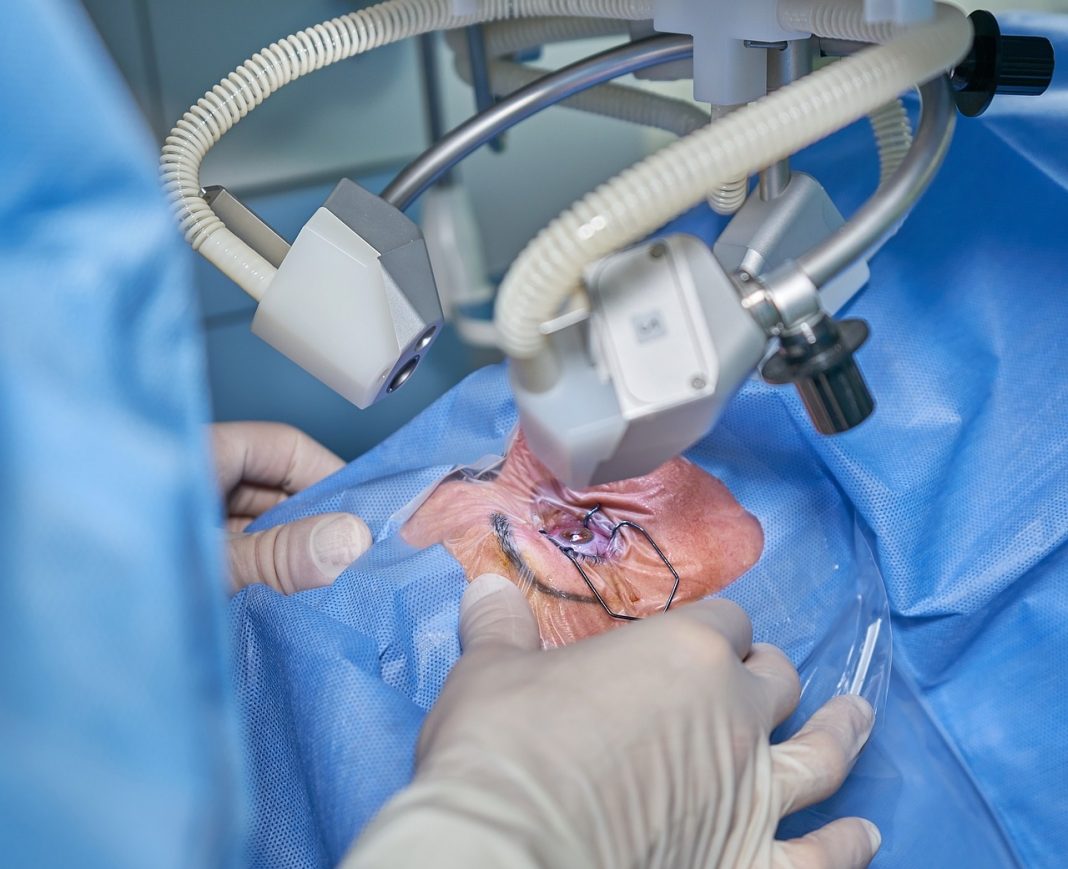Simply put, a cataract is something like a cloudy area in your eye. It is formed in the lens of your eye and blocks natural light from entering the eye. The main reason for cataracts is our age. In older age, our lenses start to harden and transform into yellowish color.
This ultimately leads to blurred vision, which makes it difficult to see and focus on objects. Cataracts are usually slow-growing and painless, but they can eventually cause vision loss. To prevent them and treat them in their early stages, it is advised to look out for possible signs and risk factors.
Below in this article, we are going to explain what are the first signs of having cataracts and what you can do about it.
1. Difficult Seeing at Night
If you’ve been noticing that your vision has been getting blurrier, especially at night, it could be a sign that you have cataracts. This is because the cataract can cause the pupil to become larger, which results in less light being able to enter the eye, and hence blurred vision during the night.
Additionally, cataracts can cause glare and halos around lights, which can also make night vision more difficult. In most cases, cataracts can be easily treated with surgery, and once they’re gone, your vision will be as good as new.
2. Double Vision (Diplopia)
Double vision, as obvious from the name, is a condition where your eyes see two objects when looking at a single object. It is the most common symptom of cataracts and can cause blurred or fuzzy vision. This condition is also associated with dark spots, also termed ‘ghost images.’
These symptoms usually occur in both eyes, but they may be more noticeable in one eye at first. For example, you may notice that your vision is not as sharp as it used to be. Colors may also seem duller than usual. If you have these symptoms along with diplopia, it is advised to see an ophthalmologist.
3. Needing to Change Glasses Frequently
If you’ve been wearing the same prescription for a while and suddenly find yourself needing to change it more frequently, it could be a sign of cataracts. The rapidly decreasing eyesight is due to the cloudy layer that forms on your lenses during cataracts.
Using eyeglasses can be a temporary treatment for such a condition, but eventually, you’ll have to undergo treatment or surgery to get rid of cataracts permanently. In the early stages, cataracts can be cured by a new eyeglasses’ prescription, but surgery is the only option in most cases.
4. Increased Light Sensitivity
Clear lenses allow light to pass through the outer layer and focus on your retina. This ultimately develops an image of the object you are seeing. If you have cataracts, you will likely develop sensitivity to light and glare even when you are not in very bright surroundings.
If you notice that the discomfort is increasing with time and you can’t really focus in the presence of light, it is best to eat a healthy diet for your eye health and get your eyes checked by an eye specialist and get the required treatment.

















